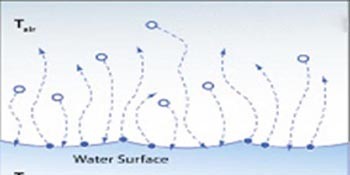During the Great Depression, conservation
A) was simply a luxury that could not be afforded.
B) efforts were opposed by millions of people who had no time to go to parks.
C) provided work and helped restore land.
D) was devalued as most national parks and national forests were harvested for timber and coal.
C
You might also like to view...
Suppose a weather forecast states the following: Increasing cloudiness and warm today, with the possibility of showers by this evening; turning much colder tonight; winds southwesterly, becoming gusty and shifting to northwesterly by tonight. Which of the following types of weather fronts would be responsible for this forecast?
A. cold front B. stationary front C. cold-type occluded front D. warm front
Why are large parts of Central Asia so sparsely settled, while others have dense populations?
What will be an ideal response?
In the diagram to the right there is
A. an equilibrium between condensation and evaporation. B. lower overall energy levels, with a decrease of water vapor in the air. C. lower overall energy levels, with an increase of water vapor in the air. D. higher overall energy levels, with a decrease of water vapor in the air B.
Where on a glacier is the equilibrium line?
A. where ablation exceeds accumulation B. at the foot, where its retreat stabilizes C. where accumulation balances ablation D. at the upper portion, where its growth stabilizes E. where accumulation exceeds ablation